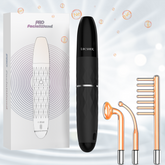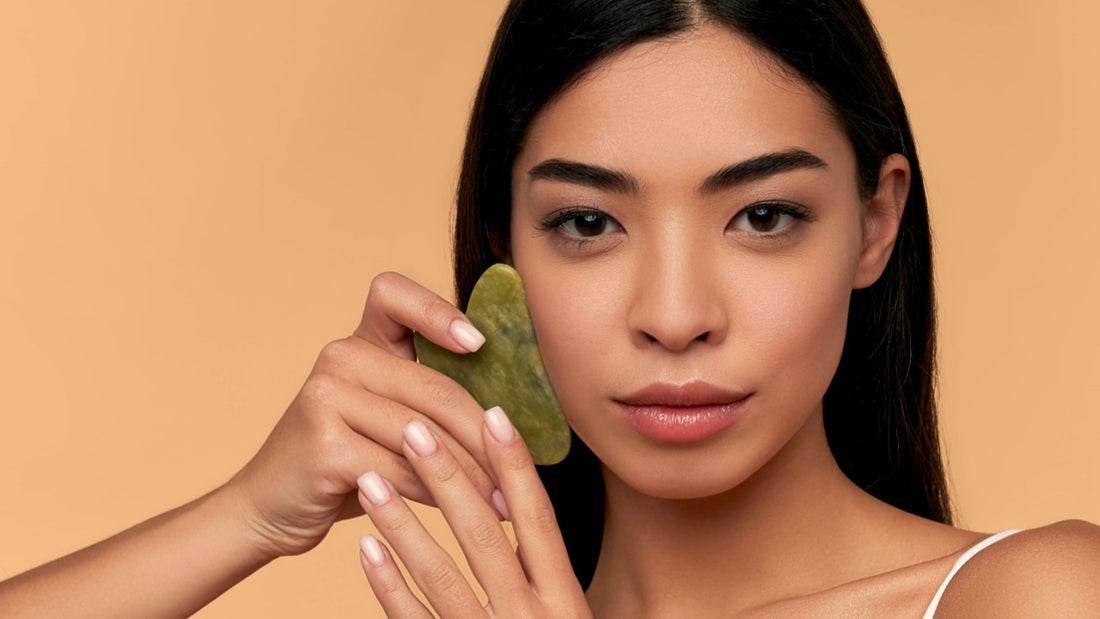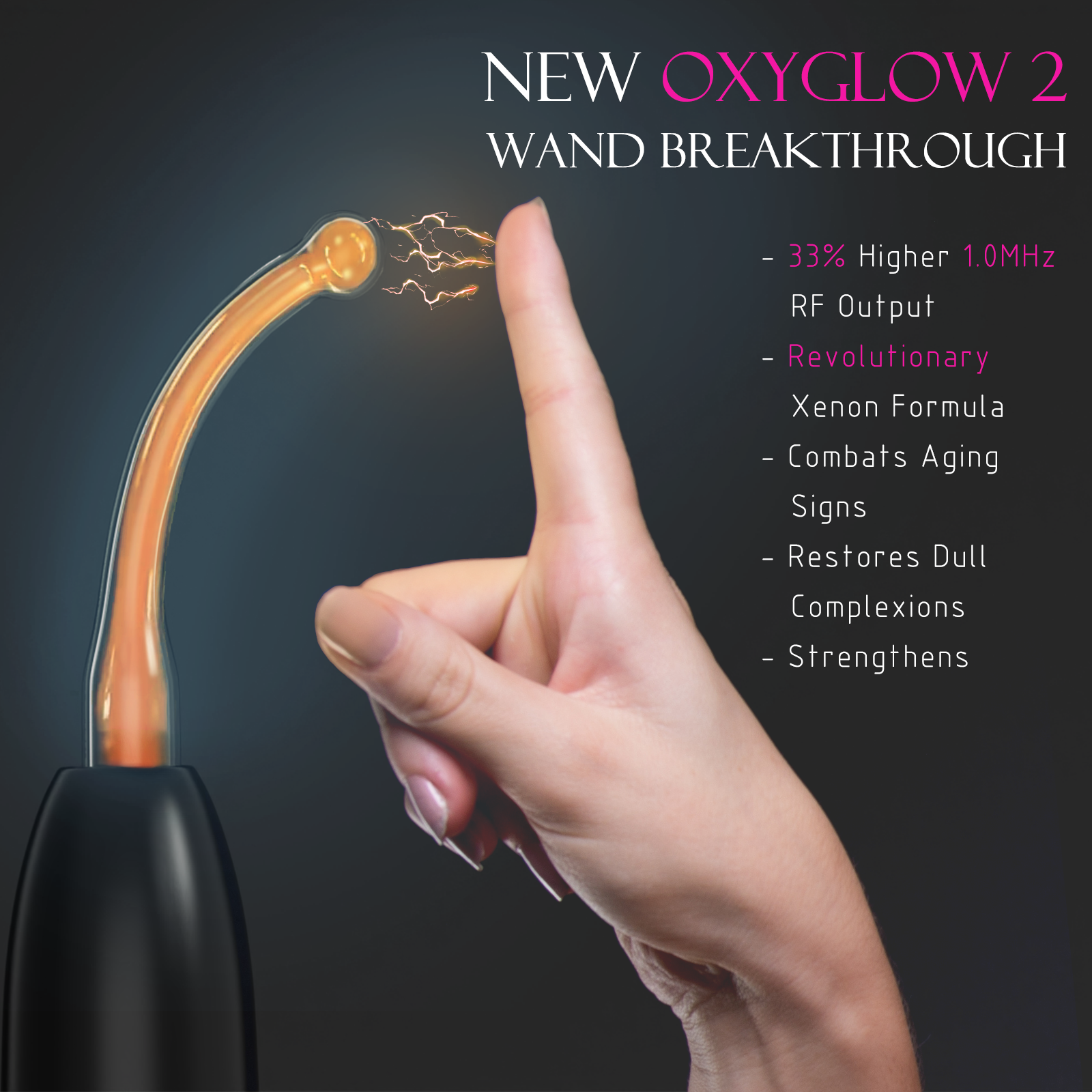Introduction
In the realm of ancient wellness practices, gua sha has emerged as a transformative ritual for achieving radiant, youthful skin. This time-honored technique, originating from traditional Chinese medicine, involves the use of smooth-edged tools to gently scrape the skin, promoting improved circulation, lymphatic drainage, and a host of other benefits. However, to truly harness the power of gua sha, it’s crucial to understand the optimal frequency of use tailored to your unique skin type and concerns. In this comprehensive guide, we’ll delve into the art of gua sha and explore how to find the perfect balance for a glowing, revitalized complexion.
Understanding Gua Sha
Gua sha, pronounced “gwa-sha,” is an ancient practice that has been an integral part of traditional Chinese medicine for centuries. The term “gua” translates to “scraping” or “rubbing,” while “sha” refers to the reddish marks or petechiae that may appear on the skin during the process. Historically, gua sha was employed to alleviate pain, reduce inflammation, and promote overall well-being by addressing stagnant energy (known as “chi” or “qi”) within the body.
In modern skincare, gua sha has gained a devoted following for its ability to enhance circulation, promote lymphatic drainage, and provide a natural, holistic approach to achieving a glowing, revitalized complexion. By gently scraping the skin with specialized tools, typically made of jade or rose quartz, gua sha stimulates the underlying tissues, encouraging the movement of stagnant fluids and promoting the circulation of fresh, oxygenated blood.
Factors Influencing Gua Sha Frequency
The optimal frequency for practicing gua sha can vary based on several factors, including your skin type, specific skin concerns, and lifestyle routine. Understanding these factors is key to tailoring your gua sha routine for maximum effectiveness and avoiding potential irritation or discomfort.
Skin Type
Your skin type is one of the most crucial factors in determining the ideal frequency for gua sha. Here are some general guidelines:
-
Oily Skin: Those with oily skin may benefit from more frequent gua sha sessions, as the practice can help regulate oil production and promote lymphatic drainage, reducing congestion and shine.
-
Dry Skin: For dry skin types, it’s best to start with less frequent sessions and gradually increase as your skin acclimates to the stimulation. Opt for nourishing facial oils or serums to prevent further dryness during the gua sha process.
-
Combination Skin: If you have combination skin, tailor your frequency based on the specific concerns of each area. For instance, you may practice gua sha more often on the oily T-zone while being gentler on the drier cheek areas.
-
Sensitive Skin: Those with sensitive skin should approach gua sha with caution, starting with once-weekly sessions and monitoring their skin’s reaction before increasing frequency. Avoid excessive pressure or scraping in sensitive areas.
Skin Concerns
The specific concerns you aim to address with gua sha can also influence the recommended frequency. For instance:
-
Acne and Congestion: Regular gua sha can help promote lymphatic drainage and reduce inflammation, potentially alleviating acne and congestion. However, it’s essential to maintain proper hygiene and avoid transferring excess oils or bacteria to the skin during the process.
-
Aging and Fine Lines: If your primary goal is to stimulate collagen production and reduce the appearance of fine lines and wrinkles, more frequent gua sha sessions may be beneficial, combined with targeted anti-aging skincare products.
-
Puffiness and Dullness: For those seeking to reduce puffiness and restore a radiant glow, daily or every-other-day gua sha sessions can be highly effective in promoting lymphatic drainage and improving circulation.
Lifestyle and Routine
Your daily habits and existing skincare routine can also impact the optimal frequency for gua sha. For instance, if you already incorporate exfoliating treatments or intense facial massages into your regimen, you may want to space out your gua sha sessions to avoid over-stimulating the skin. Conversely, if your routine is relatively simple, you may have more flexibility to incorporate gua sha more frequently.
General Guidelines for Gua Sha Frequency
While the ideal frequency ultimately depends on your individual skin type and concerns, here are some general guidelines to consider:
Daily Use
For those with resilient skin or specific goals, such as reducing puffiness or addressing congestion, daily gua sha sessions may be appropriate. However, it’s essential to start gradually and monitor your skin’s reaction, as excessive stimulation can lead to irritation or discomfort.
If you opt for daily gua sha, it’s recommended to use a lighter touch and shorter sessions, focusing on gentle strokes and lymphatic drainage techniques. Additionally, be sure to cleanse your skin thoroughly and use a nourishing facial oil or serum to prevent dryness or irritation.
Every Other Day
For most skin types, practicing gua sha every other day can provide a balanced approach to reaping its benefits while allowing your skin to rest and recover. This frequency can be particularly beneficial for those seeking to improve circulation, promote lymphatic drainage, and maintain a radiant, youthful complexion.
Weekly Use
If you have highly sensitive or reactive skin, it’s advisable to start with once-weekly gua sha sessions. This approach allows you to gradually introduce your skin to the stimulation, minimizing the risk of irritation or adverse reactions.
Weekly gua sha sessions can also be a great option for those seeking relaxation and general maintenance, rather than targeting specific concerns. By incorporating this practice into your self-care routine, you can enjoy the calming and rejuvenating effects of gua sha while supporting your overall skin health.
Tailoring Gua Sha Frequency to Your Needs
While the general guidelines provide a starting point, it’s essential to tailor your gua sha frequency to your specific skin goals and needs. Here are some recommendations for various skin concerns:
For Anti-Aging
If your primary focus is addressing signs of aging, such as fine lines, wrinkles, and loss of firmness, more frequent gua sha sessions can be beneficial. Aim for 2-3 sessions per week, combined with targeted anti-aging serums and products rich in antioxidants and collagen-boosting ingredients.
During your gua sha routine, focus on gentle scraping motions along areas prone to fine lines and wrinkles, such as the forehead, crow’s feet, and nasolabial folds. This stimulation can help promote collagen production and improve skin elasticity, leading to a more youthful, radiant complexion.
For Acne-Prone Skin
For those dealing with acne or congestion, gua sha can be an effective tool in promoting lymphatic drainage and reducing inflammation. However, it’s crucial to maintain proper hygiene and avoid transferring excess oils or bacteria to the skin during the process.
Aim for 2-3 gua sha sessions per week, focusing on lymphatic drainage techniques and avoiding excessive pressure or scraping on active breakouts or inflamed areas. Additionally, consider incorporating targeted acne-fighting ingredients, such as salicylic acid or benzoyl peroxide, into your skincare routine to complement the benefits of gua sha.
For Puffy Skin
If you’re struggling with puffiness or fluid retention, regular gua sha sessions can be a game-changer. The gentle scraping motions and stimulation of lymphatic drainage can help reduce puffiness and promote a more sculpted, defined appearance.
For optimal results, try incorporating daily or every-other-day gua sha sessions into your routine, focusing on lymphatic drainage techniques along the jawline, under-eye area, and neck. Be sure to use gentle pressure and avoid excessive scraping, which could exacerbate puffiness or lead to bruising.
For General Maintenance
Even if you don’t have specific skin concerns, incorporating gua sha into your routine can be a powerful way to maintain a healthy, glowing complexion. For general maintenance, aim for 1-2 gua sha sessions per week, adjusting the frequency based on your skin’s response.
During these sessions, focus on promoting circulation, lymphatic drainage, and overall skin rejuvenation. Pay attention to your skin’s unique needs and adjust your technique and pressure accordingly.
Signs You Might Be Overdoing It
While gua sha is generally considered a safe and beneficial practice, it’s essential to be mindful of potential signs of overuse or misuse. Here are some indicators to watch out for:
Skin Irritation
If you notice persistent redness, sensitivity, or breakouts after your gua sha sessions, it may be a sign that you’re overdoing it or using excessive pressure. Adjust your frequency and technique accordingly, and consider incorporating soothing and hydrating skincare products to calm any irritation.
Bruising
It’s normal to experience some temporary redness or petechiae (minor bruising) after a gua sha session, as the gentle scraping motion stimulates blood flow to the surface of the skin. However, if you notice extensive or persistent bruising, it’s a clear sign that you’re applying too much pressure or scraping too vigorously.
If you experience excessive bruising, take a break from gua sha for a few days to allow your skin to recover, and when you resume, use a lighter touch and gentler strokes. It’s also wise to consult with a professional esthetician or dermatologist to ensure you’re using the proper technique.
Adjusting Your Routine
If you notice any negative effects, such as irritation, prolonged redness, or excessive bruising, it’s essential to adjust your gua sha routine accordingly. This may involve reducing the frequency, using a lighter touch, or incorporating more hydrating and soothing products into your skincare regimen.
Remember, gua sha should be a relaxing and rejuvenating experience, not a source of discomfort or skin damage. Pay attention to your skin’s signals and be willing to adapt your routine as needed.
Enhancing Results with Complementary Practices
While gua sha can be a powerful tool in achieving radiant skin, it’s essential to complement your practice with other supportive habits and techniques to enhance its effectiveness and longevity.
Using the Right Products
The benefits of gua sha are amplified when combined with high-quality facial oils and serums. Look for products containing nourishing ingredients like vitamin C, hyaluronic acid, and plant-based oils to create a smooth, gliding surface for the gua sha tool while delivering targeted benefits to your skin.
Proper Technique
Mastering the proper gua sha technique is crucial for maximizing its benefits while minimizing the risk of irritation or discomfort. Follow the recommended angles, pressure, and strokes for each facial area, and avoid excessive force or scraping in the wrong direction.
Consider seeking guidance from a professional esthetician or dermatologist, especially when starting, to ensure you’re using the tools safely and effectively.
Hydration and Nutrition
Supporting your skin’s health from the inside out is equally important as your topical routine. Ensure you’re staying hydrated by drinking plenty of water, and incorporate a balanced, nutrient-rich diet with plenty of antioxidants and essential fatty acids to nourish your skin from within.
Expert Opinions
When it comes to determining the optimal frequency for gua sha, consulting with experts in the field can provide valuable insights and personalized recommendations. Here are some insights from dermatologists and skincare professionals:
“The frequency of gua sha should be tailored to the individual’s skin type and concerns,” says Dr. Emily Newsom, a board-certified dermatologist. “For most people, 2-3 times per week is a good starting point, but those with sensitive skin may want to begin with once-weekly sessions and gradually increase as tolerated.”
Esthetician Sarah Lee recommends, “Pay attention to how your skin responds to gua sha. If you notice any redness, irritation, or bruising that persists for more than a day or two, it’s a sign that you may need to reduce the frequency or adjust your technique.”
Dr. Jill Lim, a renowned cosmetic dermatologist, emphasizes the importance of consistency: “While gua sha can provide immediate benefits, the most significant results come with regular, long-term use. Consistency is key when it comes to improving circulation, stimulating collagen production, and achieving a more sculpted, youthful appearance.”
Conclusion
Gua sha is a transformative ancient practice that can profoundly enhance your skincare routine and unlock a radiant, youthful complexion. However, finding the perfect frequency is essential to reaping its full benefits while avoiding potential irritation or discomfort.
Remember, the ideal frequency will vary based on your individual skin type, concerns, and lifestyle. Listen to your skin’s signals, and don’t hesitate to adjust your routine as needed. Consistency is key, but it’s equally important to strike a balance and allow your skin to rest and recover between sessions.
Embrace gua sha as a holistic practice, incorporating it into your overall self-care routine and complementing it with nourishing skincare products, proper technique, and a commitment to supporting your skin’s health from the inside out.
By finding the perfect frequency and integrating gua sha seamlessly into your lifestyle, you’ll embark on a transformative journey towards radiant, revitalized skin that harmonizes outer beauty with inner well-being.
Frequently Asked Questions
-
Can I use a gua sha tool every day?
While daily use may be suitable for some individuals, especially those with resilient skin or specific goals like reducing puffiness, it’s generally recommended to start with a lower frequency and gradually increase as your skin acclimates. Excessive daily stimulation can lead to irritation or discomfort. -
Is it better to do gua sha in the morning or evening?
Both morning and evening routines can be effective for gua sha. Many experts recommend evening sessions to promote lymphatic drainage and relaxation, while morning sessions can help invigorate the skin and prepare it for the day ahead. -
How long does it take to see results from gua sha?
Some benefits, like improved circulation and lymphatic drainage, can be seen immediately after a gua sha session. However, more long-lasting effects, such as facial contouring, firming, and reduction of fine lines, typically require consistent practice over several weeks or months. -
Can gua sha cause breakouts?
When practiced with proper hygiene and technique, gua sha should not cause breakouts. However, it’s essential to cleanse your skin thoroughly before and after each session, and avoid areas with active acne or open wounds. If you have acne-prone skin, consult with a professional for personalized guidance. -
Is it safe to use gua sha during pregnancy?
Most experts advise against using gua sha during pregnancy, as it may stimulate uterine contractions and pose potential risks. It’s best to consult with your healthcare provider before incorporating gua sha into your prenatal skincare routine.
References
- Chen, Z.Y., et al. (2017). Efficacy of Gua Sha in Treating Facial Muscle Tightness: A Randomized Placebo-Controlled Trial. Evidence-Based Complementary and Alternative Medicine.
- Braun, M. (2017). Gua Sha: A Traditional Technique for Modern Practice. Churchill Livingstone.
- Nielsen, A. (2020). The Gua Sha Routine: Modern Supplements to an Ancient Practice. Skin Inc.
- Liang, J., et al. (2019). Effects of Gua Sha on Skin Microcirculation: A Pilot Study. Journal of Alternative and Complementary Medicine.
- Tsai, Y.J., et al. (2019). The Effects of Gua Sha Treatment on Skin Surface Temperature in Young Women with Menstrual Cramps. European Journal of Integrative Medicine.
- Gohara, M. (2021). The Best Way to Use a Gua Sha Tool for Glowing Skin. Harper’s Bazaar.
- Roff, S. (2020). How Often Should You Use a Gua Sha Tool? A Dermatologist Weighs In. Byrdie.









